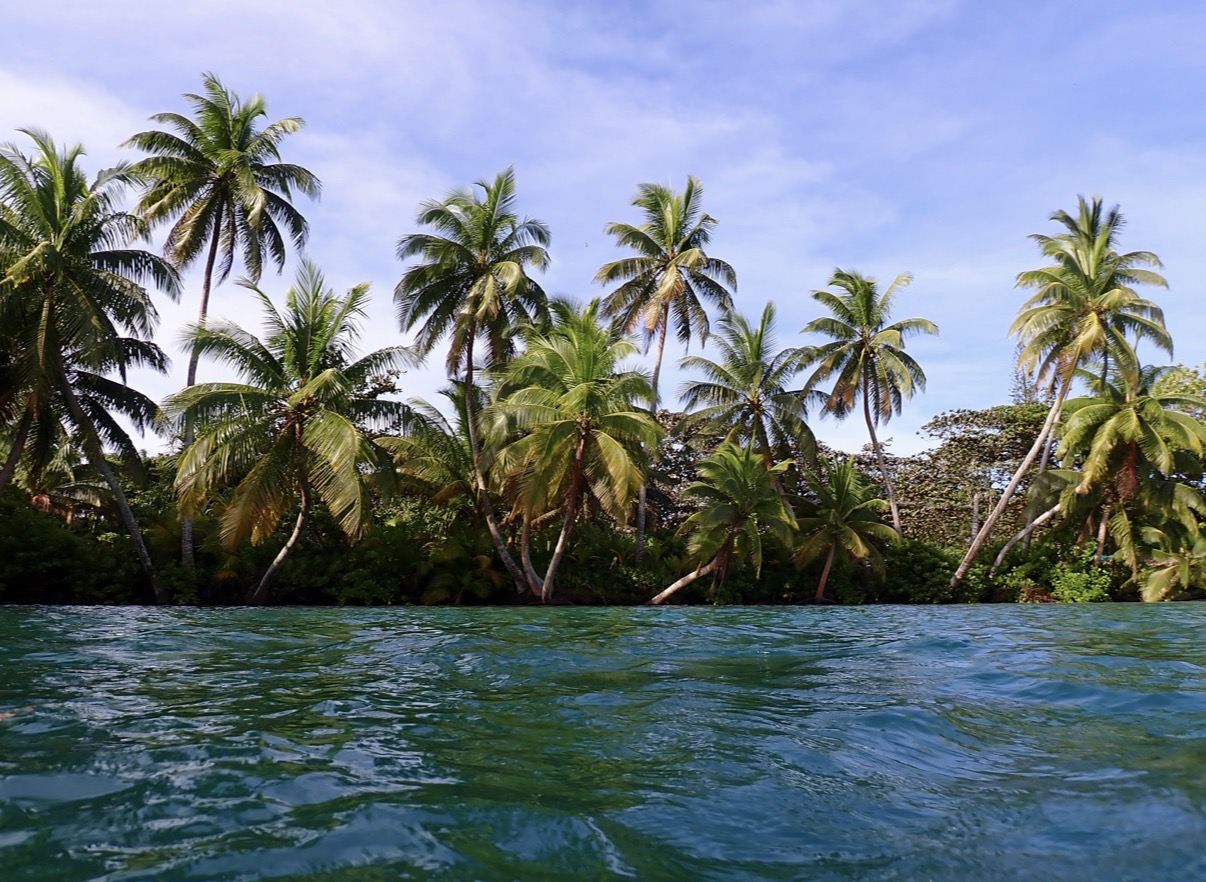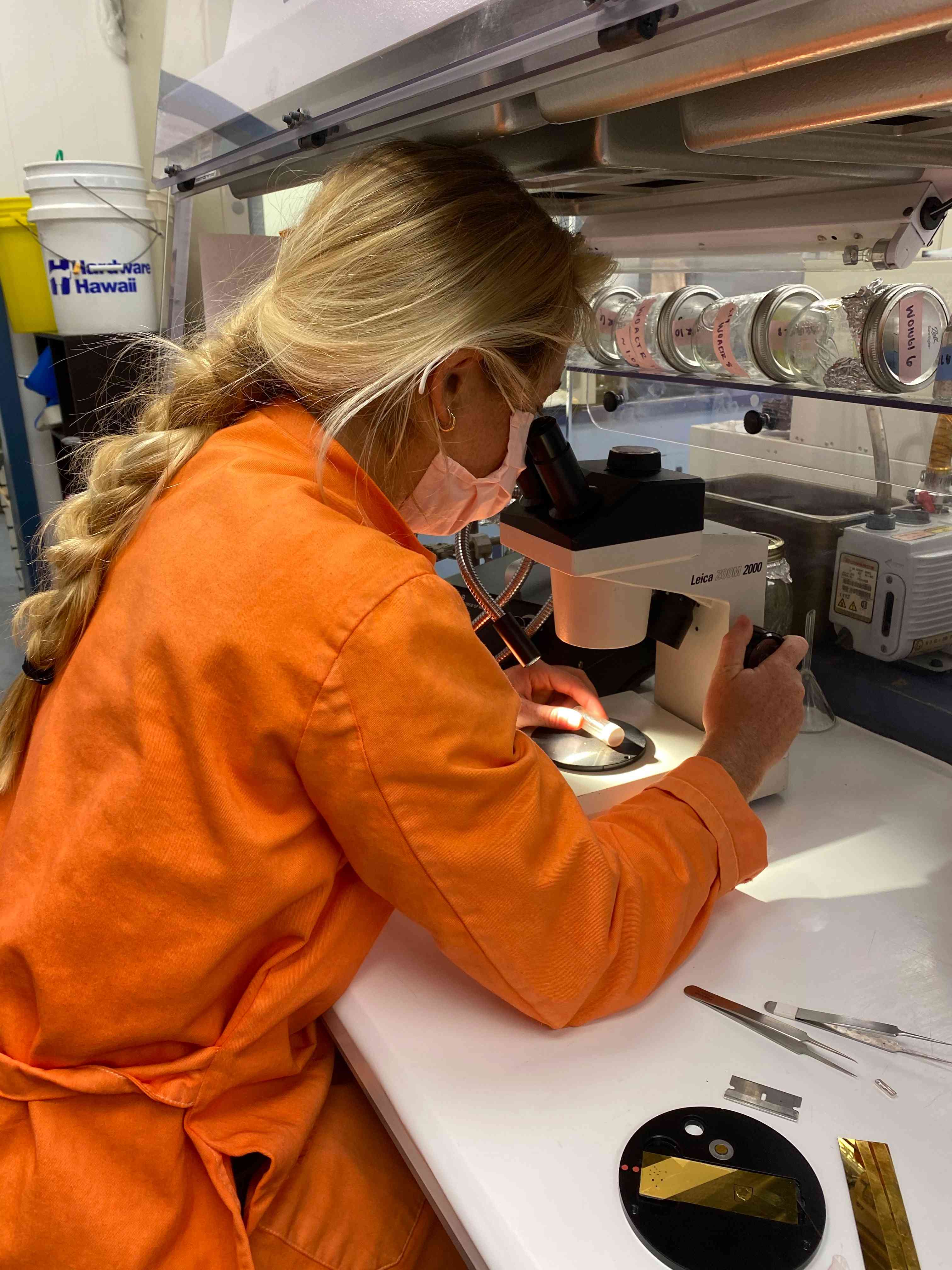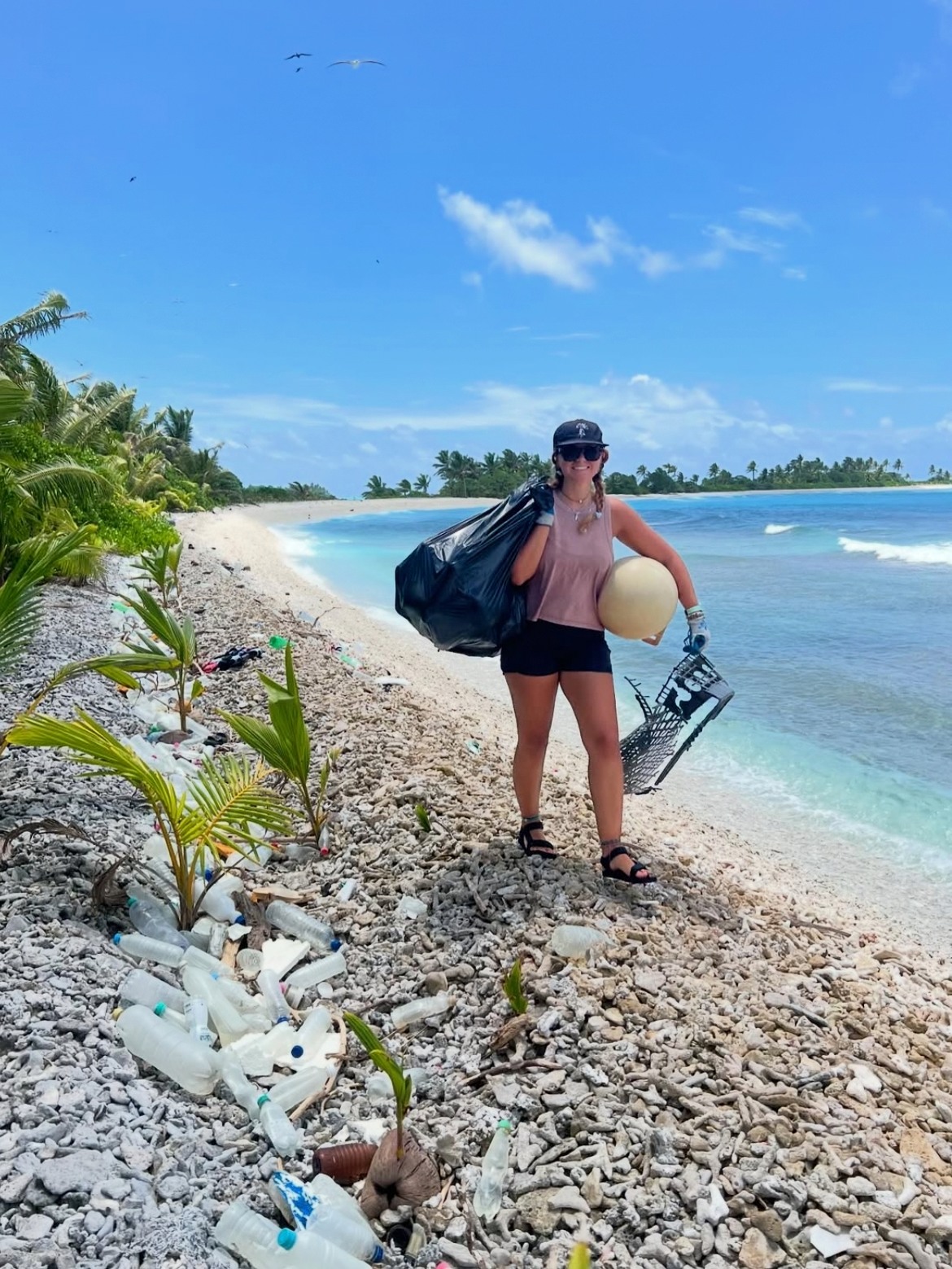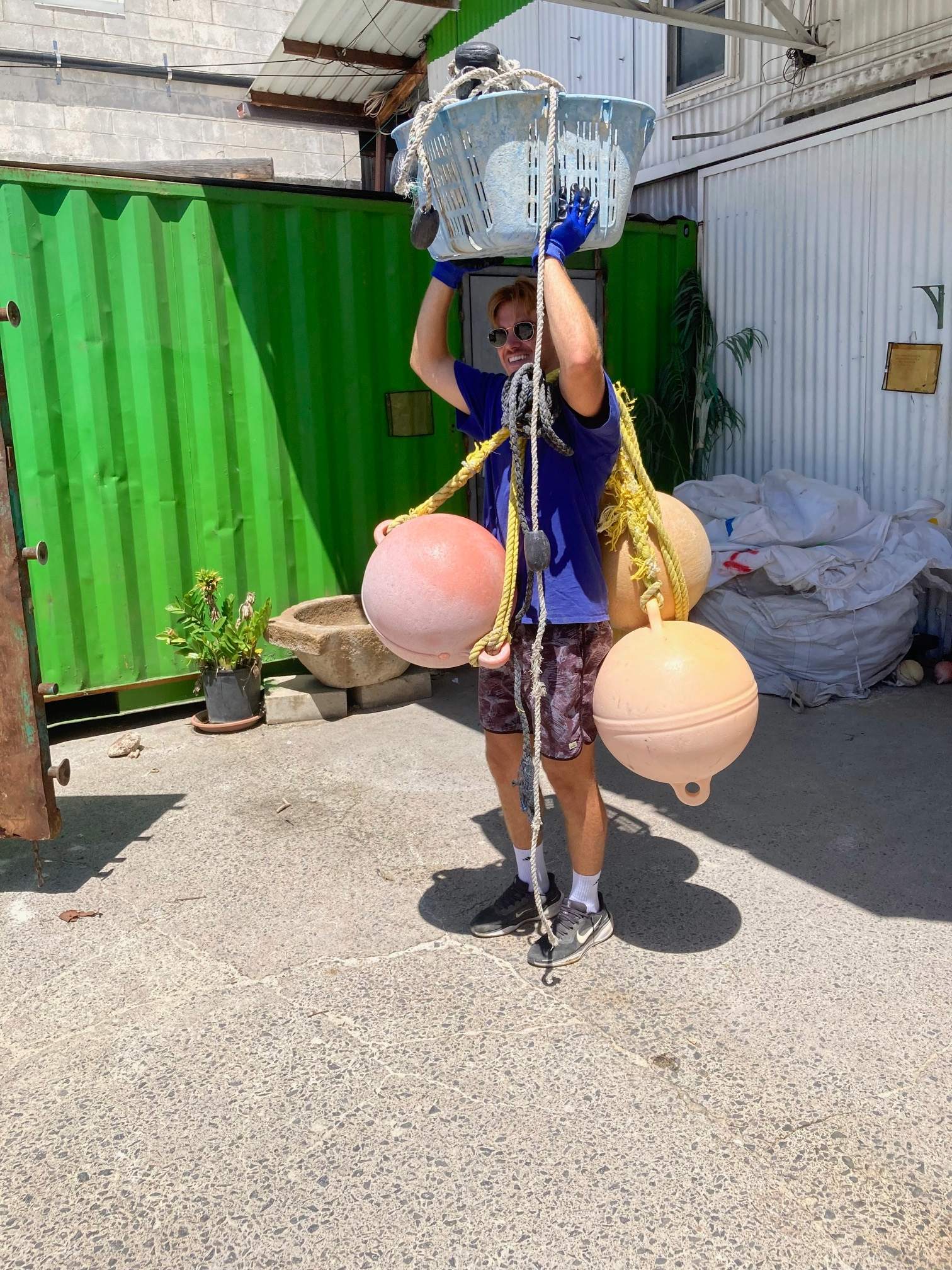
Your support helps us continue our research at Palmyra Atoll and gives our team the opportunity to return and collect essential data on marine debris.
ABOUT THIS PROJECT
Palmyra Atoll is one of the most remote islands in the Pacific Ocean, located nearly 1,000 miles south of Hawai‘i.
Despite its isolation, marine debris regularly washes ashore on its beaches and reef flats. This ongoing research project led by HPU’s Center for Marine Debris Research seeks to understand the types, sources, and accumulation patterns of debris found on Palmyra’s shorelines and surrounding reef areas.
|
PROJECT OBJECTIVES
|
 |
 |
SIGNIFICANCE
Although Palmyra is a national wildlife refuge and has no permanent residents, debris from across the Pacific still accumulates on its shores. Studying this site helps researchers trace global pollution pathways and understand how far human influence extends into isolated marine ecosystems. Findings from this work will contribute to regional conservation planning and global marine debris mitigation initiatives.

PAIGE WHITE - LEAD SCIENTIST
Paige White is a Master of Science in Marine Science graduate at Hawai‘i Pacific University and currently works as a Senior Research Assistant at Center for Marine Debris Research. She previously went to Palmyra Atoll to conduct her master’s project that created a baseline study looking at the accumulation rates and sources of marine debris washing ashore Palmyra Atoll.
This trip would be her first opportunity to be the Lead Scientist of a research expedition, which would launch her early career as a marine scientist.

HARLEY WAHL - M.SC. THESIS STUDENT
Harley Wahl is in the second and final year of the Master of Science in Marine Science program at Hawai‘i Pacific University. His research with the Center for Marine Debris Research (CMDR) focuses on characterizing the design and material composition of ghost fishing gear to help Fishery Managers reduce ecological impacts through improved gear standards and management practices.
This trip would allow Harley to collect the final set of data needed to complete his long-term analysis of fishing gear recovered from the Hawaiian Archipelago and Palmyra Atoll. The research will help reveal how fisheries are adapting their gear designs in response to new conservation measures across the tropical Pacific.
IN COLLABORATION WITH
The Nature Conservancy
US Fish and Wildlife Service

